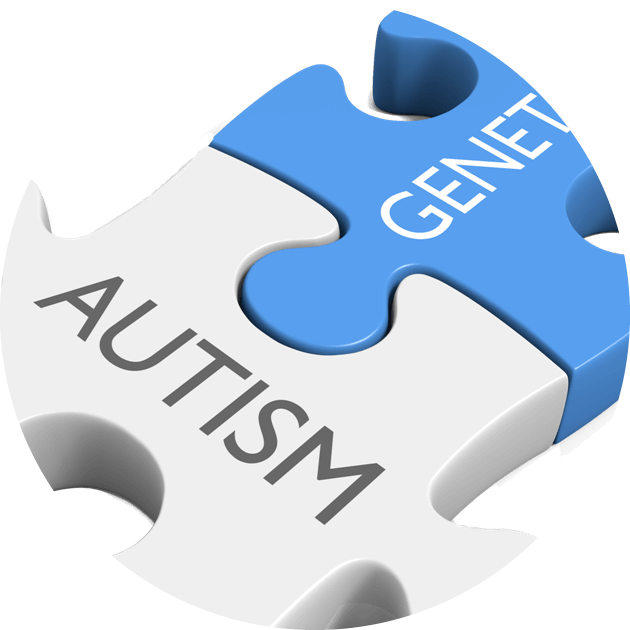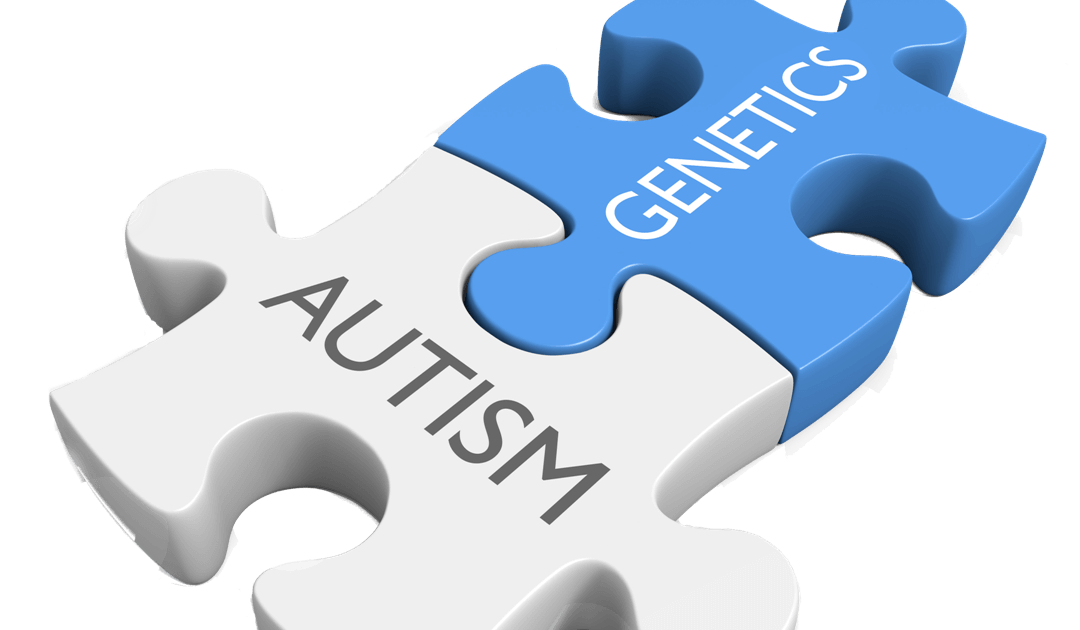
Many researchers believe that the primary cause of autism are probably genetic disorders. However, it is not possible to find common ground among autistic children living with different genetic diseases. In fact, many known genetic syndromes can have a profound impact on a child’s development and also cause autism similar symptoms, but most children with autism do not have these main genetic disorders.
Here’s a brief explanation of the genetic/neurological conditions that are so far known to result in symptoms of autism:
Fragile X syndrome
This is the most commonly known genetic cause of developmental delay. It has an extremely rare occurrence. The symptoms of Fragile X are quite indistinguishable from autism, although children with Fragile X are more likely to be hyperactive and anxious. Unfortunately, Fragile X usually causes mental impairment, so these children will have to face more challenges in the coming years (most autistic children have a normal mental functions). Fortunately, the vast majority of children with autism have normal X chromosomes.
Fragile X is transmitted by the mother, so the presence of autism, or mental impairment on the mother’s side, would make this diagnosis more likely.
Rett syndrome
The defect in the X chromosome is responsible for this genetic disorder. However, this affects only girls, because boy fetuses with this defect, as a rule, do not survive. Girls with Rett usually look completely normal, develop normally for several months or even years, and then regress. Characteristic hand-squeezing movements appear, as well as other “neuromuscular problems, such as unsteady walking, tremors, and muscle spasms.
Angelman syndrome
This disease is due to a defect in the UBE3A gene. It leads to severe mental retardation, seizures, and spasmodic muscles. Its symptoms are a happy facial expression, unusual laughter and symptoms characteristic of autism
Neurocutaneous disorders
These genetic-based disorders cause the growth of benign tumors in the brain and skin. The two most common are: neurofibromatosis (NF) and tuberous sclerosis (TS). The development of the baby with these disorders usually begins normally. However, when benign tumors begin to grow in the brain, they cause intellectual developmental delays, the child shows psychiatric symptoms, symptoms of autism and may also have seizures. Multiple cream-colored flat spots appear on the skin in the case of NF, or leaf-shaped white spots in the case of TS. A genetic examination and a CT or MRI scan of the brain can provide a diagnosis.
Chromosome mutation 16P11.2
Children with 16p11. 2 deletion syndrome usually have developmental delay and intellectual disability. Characteristics of deletion syndrome include delayed development; intellectual disability; and autism spectrum disorder, which affects communication and social interaction, impaired communication and socialization skills, as well as delayed development of speech and language. This mutation has been found in some children with autism.
Bannayan-Riley-Ruvalcaba syndrome
This extreme disease occurs infrequently. It has been found in very few children with autism. It causes a very large head, increased body size, hemangiomas and small cysts form on the skin.
Smith-Lemli-Opitz syndrome
This disorder develops due to a metabolic defect in cholesterol production. These children usually have a fusion of second and third toes, are characterized by disparate facial features, such as drooping eyelids, small and low-seated ears, or split uvula, small head size and characterized by slow growth.
Fetal alcohol syndrome
This happens when a pregnant woman drinks alcohol as a way of life, which has consequences for the developing nervous system of the fetus. These babies are retarded in development and show different characteristics of autism, especially hyperactivity. They have a characteristic appearance: the groove between the nose and the upper lip, the so-called philtrum, is flat: the upper lip is thin: the eyes are close to each other. The diagnosis is based on known alcohol exposure.
Landau-Kleffner syndrome
The main feature of this syndrome is the development of seizures from the age of three to seven years, as well as language regression. It differs from autism in that social skills usually remain normal, and the loss of language ability occurs much later than in autism.
Although the last two are not genetic diseases, it is also up to a neurologist to determine their presence, as in the case of the other disorders mentioned above.
What remains a question for researchers is whether there is a single underlying genetic cause of autism. No genetic disease has been identified that is present in all children with autism, and is expected to be less and less likely to do so. In fact, it is important to screen for genetic diseases in order to identify the genetic risk in infants and to start treatment and development as early as possible.
Resources
- m B-R, SeoH-S, Ku J-M, et al. Silibinininhibits the production of pro-inflammatory cytokines through inhibition of NF-κB signaling pathway in HMC-1 human mast-cells. Inflammation. Research. 2013;62(11):941-950. doi:10.1007/s00011-013-0640-1.
- ChapowalA. PetasitesStudy Group. Randomisedcontrolled trial of butterbur and cetirizine for treating seasonal allergic rhinitis. BMJ 2002;324:144-6.
- Hayes, N. A. and Foreman, J. C. The activity of compounds extracted from feverfew on histamine release from rat mast-cells. J Pharm Pharmacol1987;39(6):466-470
- Hsieh et al. Baicalein inhibits IL-1ß- and TNF-a-induced inflammatory cytokine production from human mast-cells via regulation of the NF-?B pathway. ClinMolAllergy. 5: 5. 2007.
- TheoharidesTC, Patra P, Boucher W, et al. Chondroitin sulphateinhibits connective tissue mast-cells. British Journal of Pharmacology. 2000;131(6):1039-1049. doi:10.1038/ sj.bjp.0703672.
- Ro JY, Lee BC, Kim JY, et al. Inhibitory mechanism of aloe single component (alprogen) on mediator release in guinea pig lung mast-cells activated with specific antigenantibodyreactions. J PharmacolExpTher. 2000;292:114–121. 73.
- https://www.ncbi.nlm.nih.gov/pubmed/24477254
- https://www.ncbi.nlm.nih.gov/pubmed/28458279
- https://www.ncbi.nlm.nih.gov/pubmed/9421440
- https://www.ncbi.nlm.nih.gov/pubmed/10344773
- https://www.ncbi.nlm.nih.gov/pmc/articles/PMC4315779/


